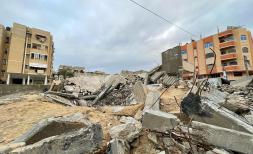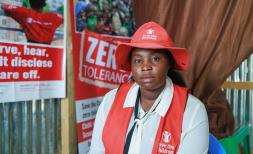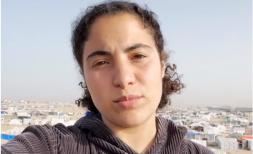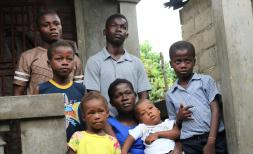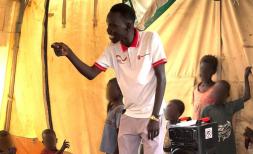One Month On: Children in Türkiye and Syria are still out of school
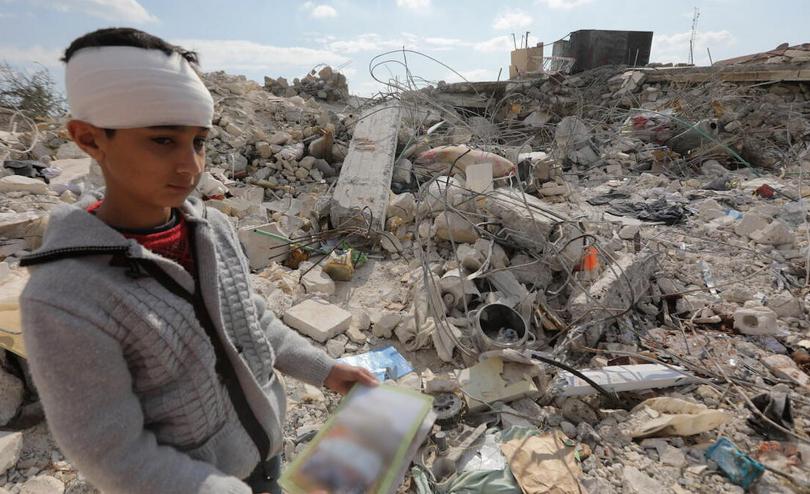
Nawras*,13, holds a book he found in the rubble of his home. Khalil Ashawi/Save the Children
It has been one month since the devastating earthquake in Türkiye and Syria, that claimed over 51,000 lives and flattened entire neighborhoods and ecosystems. The devastation to infrastructure cannot be understated, over 54,000 buildings were destroyed and the World Bank estimates the earthquake has cost $34bn of damage to Türkiye alone. In the aftermath, many of the hundreds of thousands of children in the region find themselves without access to their schools and quality education.
Children in Türkiye and Syria already faced inadequate access to quality education before the earthquake. Children in Syria have endured disruptions to their education throughout the 12-year conflict. As one of the largest refugee-hosting countries, Türkiye has faced a significant strain on their education system with refugee children experiencing high drop-out rates. This disaster has only exacerbated an existing education crisis in the region.
RESTORE ACCESS TO EDUCATION NOW
It is essential that education is prioritised in the first phase of a humanitarian response, and this crisis is no different. Education in Emergencies (EiE) is life-saving and life-protecting, providing support for their wellbeing and development in otherwise, volatile settings. Children thrive when supported to get access to quality education. Thriving children support the growth of their communities as they grow into adulthood and contribute to the development of their own communities.
Restoring access to education must be an urgent priority for all of us working to support those affected by this tragedy. Education cannot be pushed aside for indefinite periods of time – education must be seen as an essential part of phase 1 of this humanitarian response. Children must be able to access healthcare and shelter to meet their immediate needs, which in turn will enable them to engage with educational provisions that will help them meet their developmental and mental needs, as well as immediate safeguarding protection and lifesaving learning. A holistic approach is needed to ensure children can thrive and be kept safe.
BUILD RESILIENCE, PROTECT CHILDREN
Yet despite this, education’s life-saving and life-protecting role in emergencies is overlooked by governments and donors. There is a growing risk that education will be the first service suspended and the last to be restored, as we have seen so often in previous crises. It is also one of the least funded humanitarian areas, receiving just 3.1% of global humanitarian funding in 2021. Last month Education Cannot Wait, the global education fund for education in emergencies, held a High-Level Financing Conference that aimed to raise $1.5bn to cover their next strategy period. Disappointingly, donor countries failed to meet the target, raising just over half of the target at $826m in pledges coming in on the day.
The earthquake has also provided a reminder about why it is crucial to focus on investing in preparedness before a crisis hits in order to effectively meet the challenges caused by emerging hazards that disrupt the education of millions of children globally. The revised Comprehensive School Safety Framework takes an ‘all-hazards, all-risks' approach that includes preparedness for climate change induced hazards and other natural disasters. At present it has been adopted by more than 60 education authorities worldwide, but its worldwide endorsement and implementation would be a significant step in ensuring that countries are prepared for disasters.
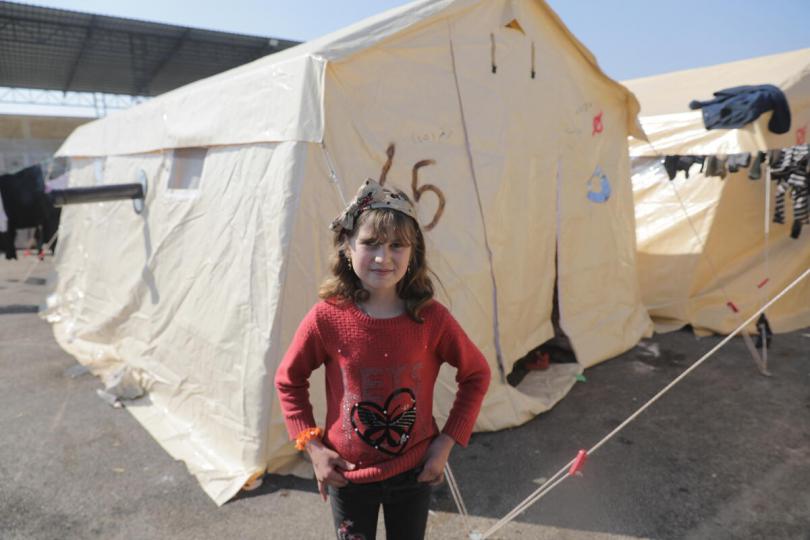
Hoda*, 11, at the camp for earthquake survivors in Syria. Khalil Ashawi/Save the Children
DON’T MISS THIS OPPORTUNITY TO ACT NOW
The disaster in Türkiye and Syria will increase the education needs for a large number of children, with displaced and refugee children being some of the most vulnerable and least likely to be accessing education. These children need immediate support and long term solutions.
One opportunity where the international community can urgently address some of the long term solutions needed for refugee children will be at the Global Refugee Forum (GRF) in December this year.
The first ever GRF was held in 2019, and brings together refugee-hosting governments, donors, multilateral institutions and civil society to collectively make pledges on delivering promises for refugee populations. Our Time to Act report sets out a detailed costed plan on how to provide education to every last refugee child, and in 2019 many pledges were made in line with our recommendations.
This year’s GRF is an opportunity to review progress that has been made and to look at what more needs to be done to deliver quality education for all refugee children.
As the world continues to be rocked by natural disasters and other crises the global refugee population grows and refugee children are faced with insufficient funding and resources to meet their needs. The 2023 GRF is an opportunity these children cannot afford for us to miss. We must act now to protect their futures.
